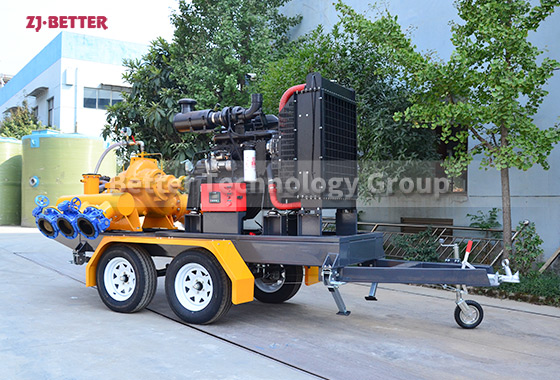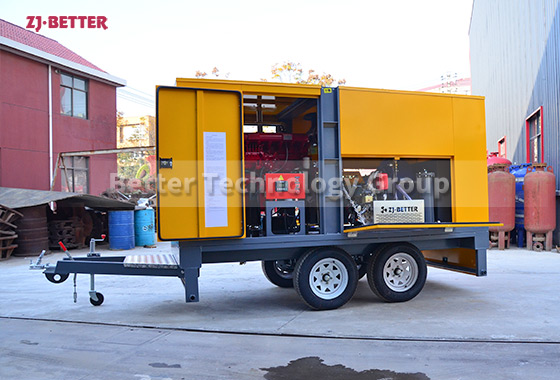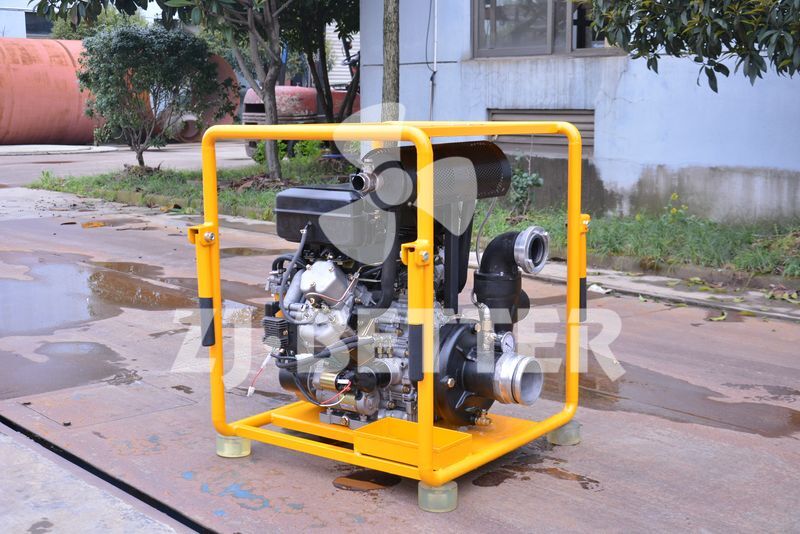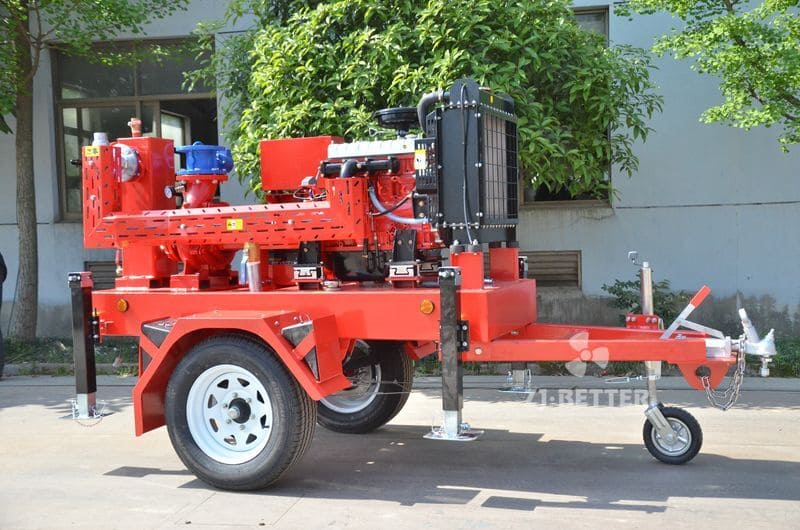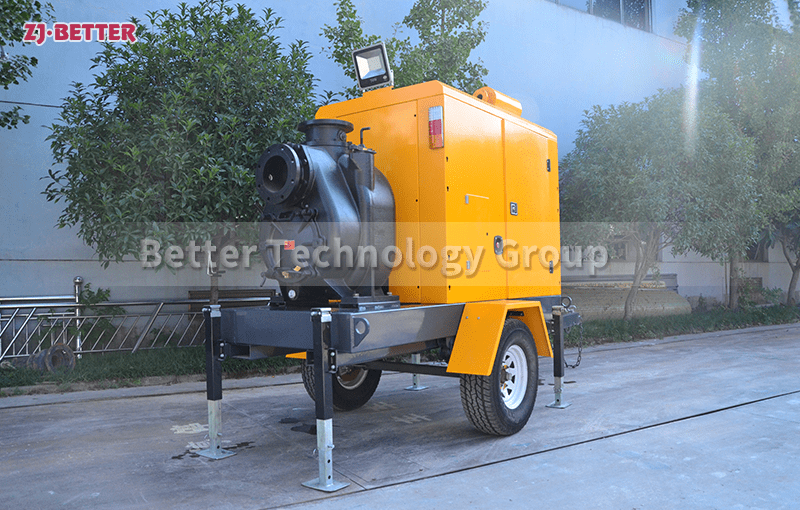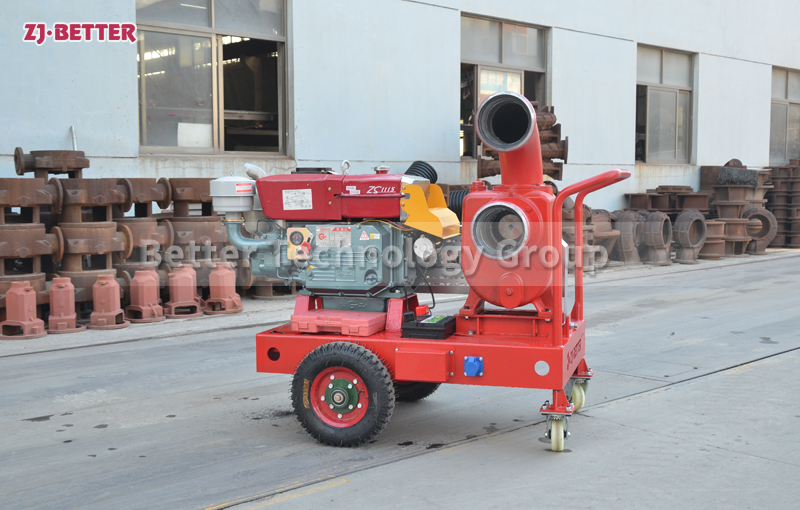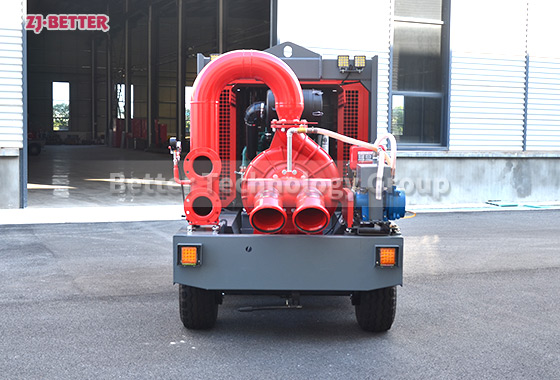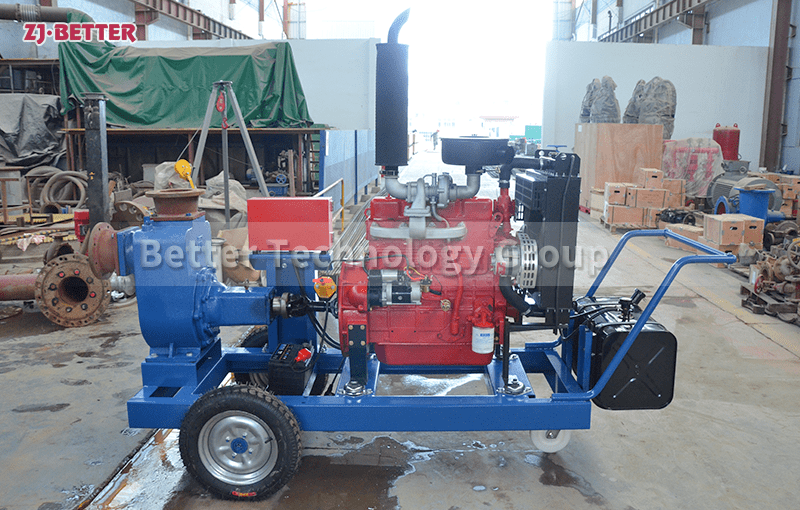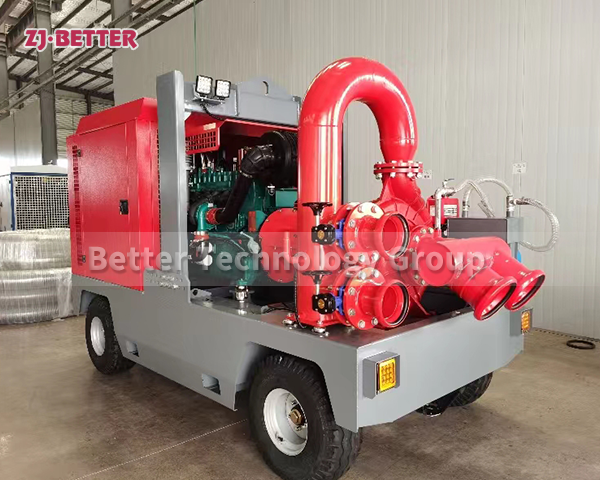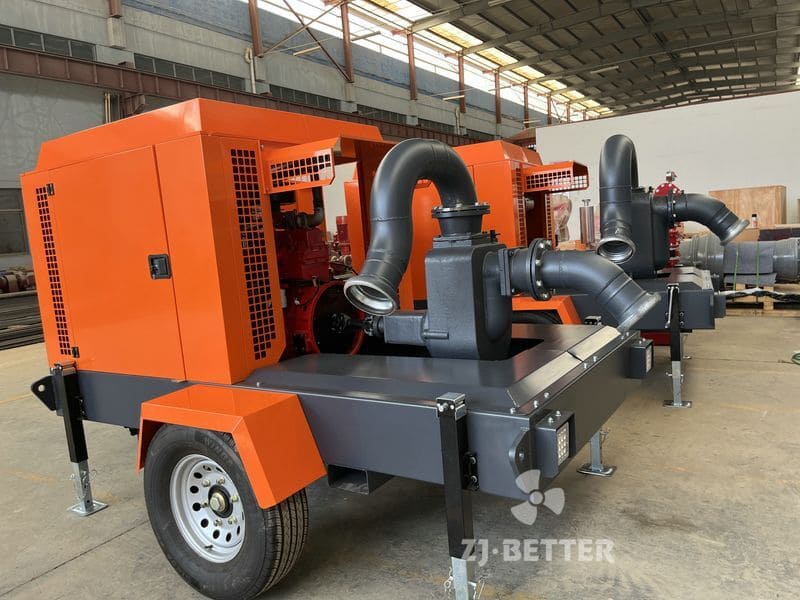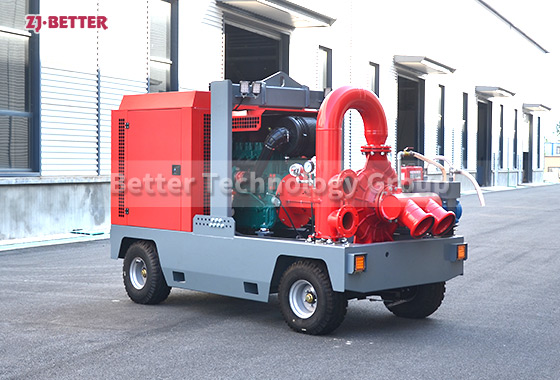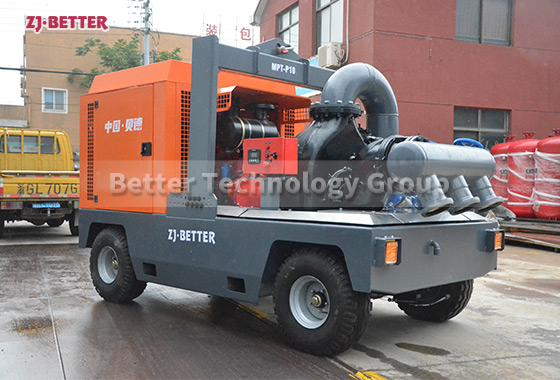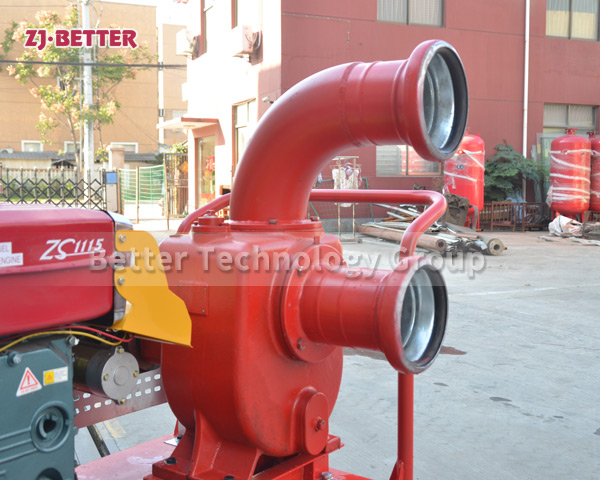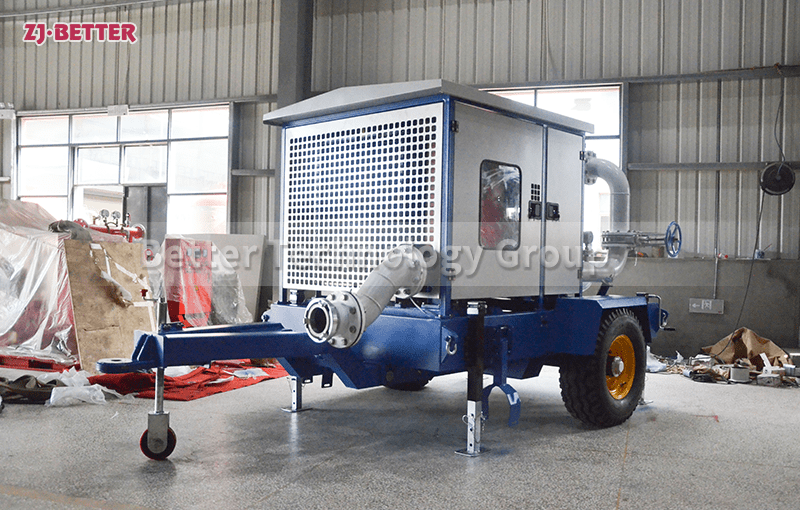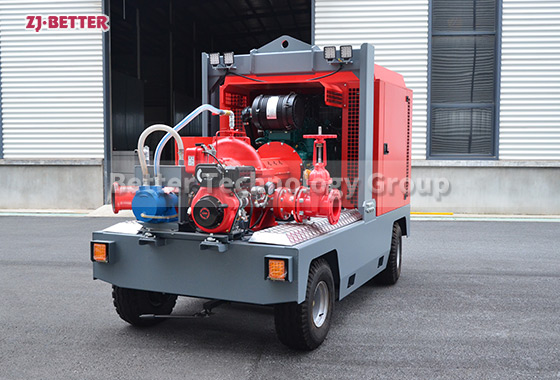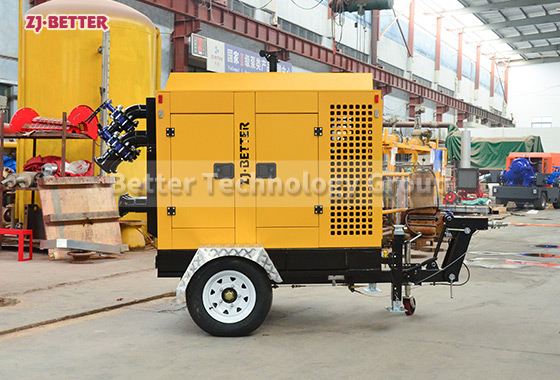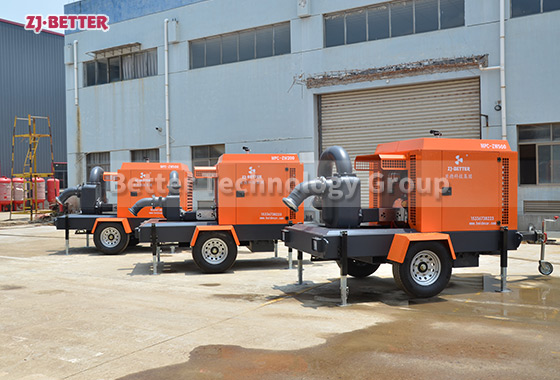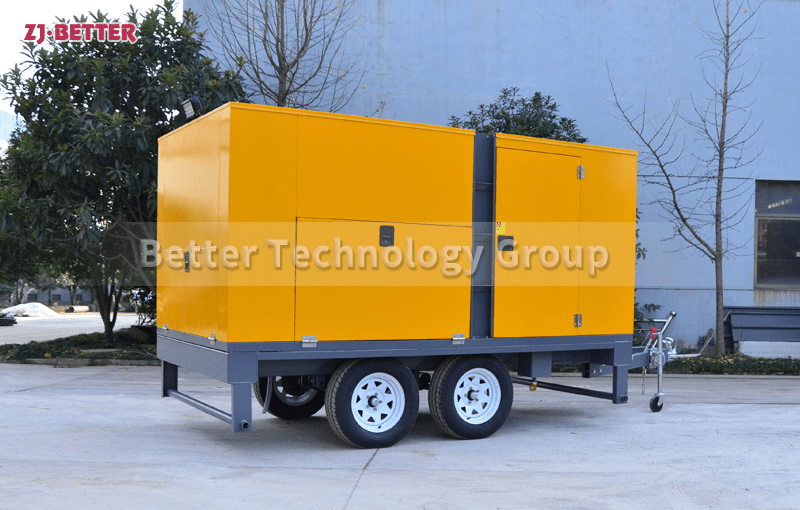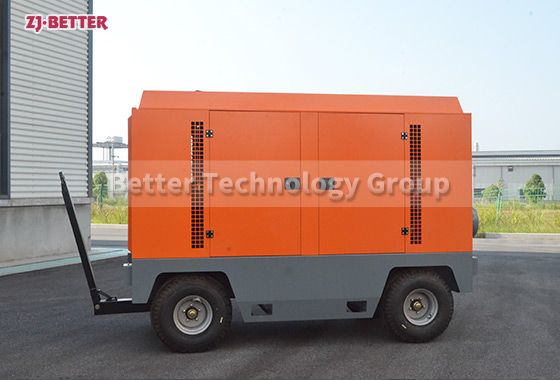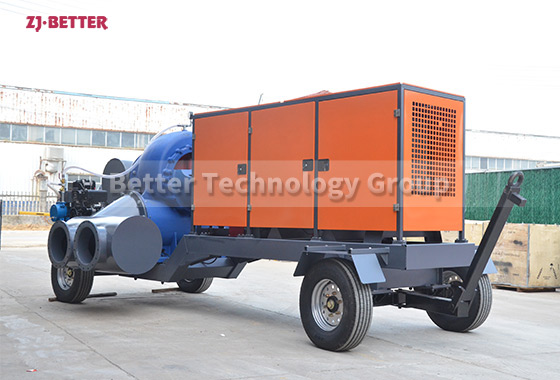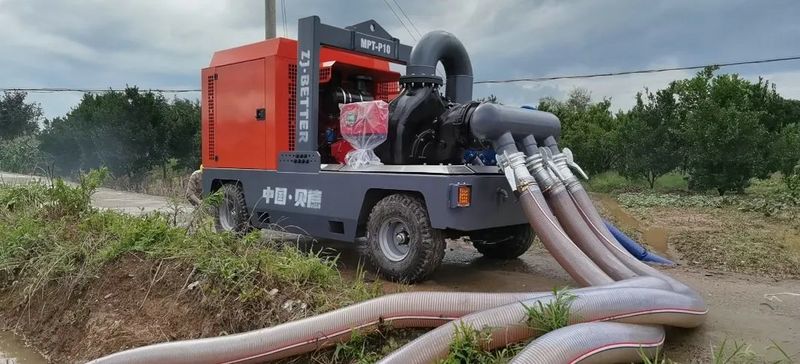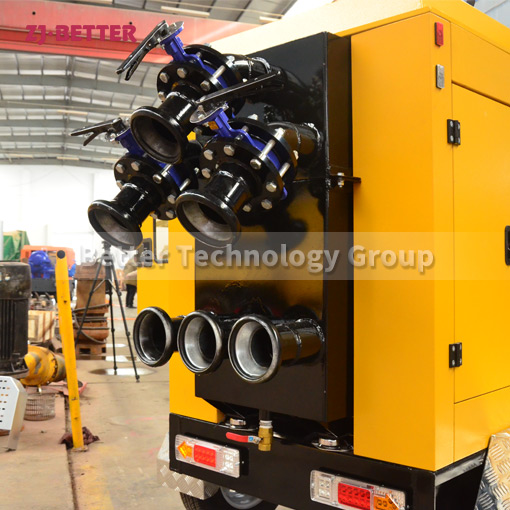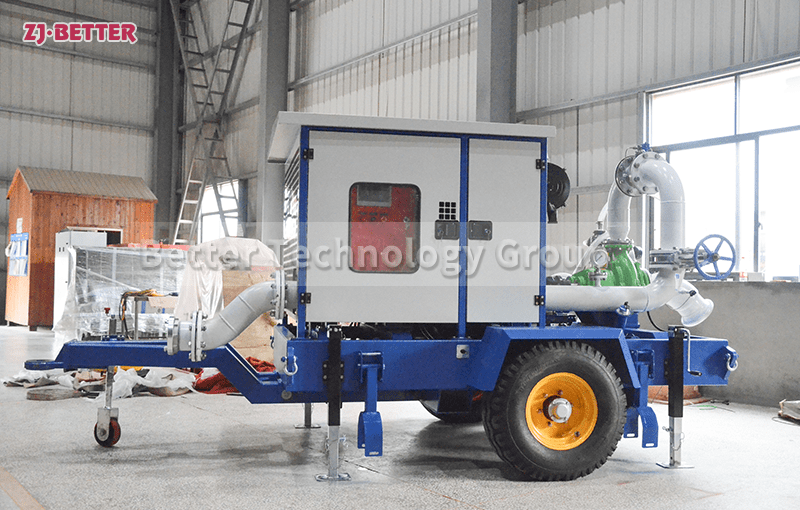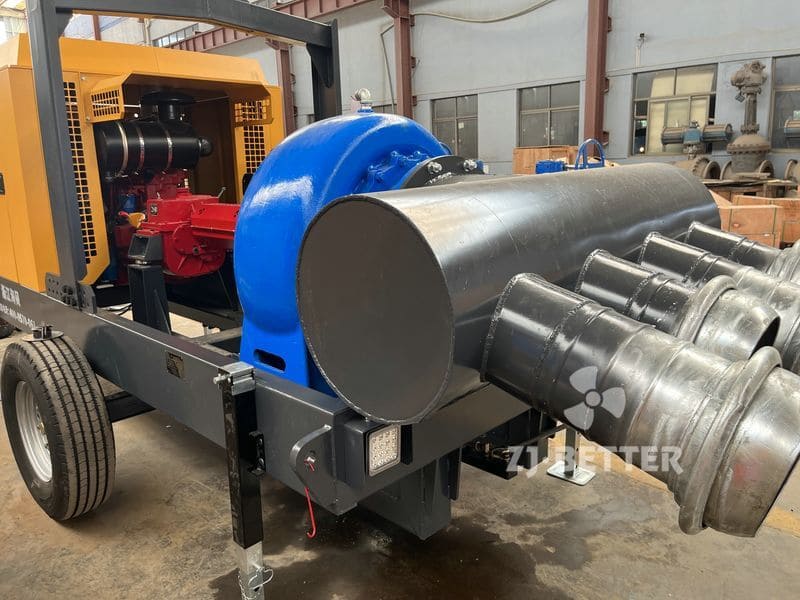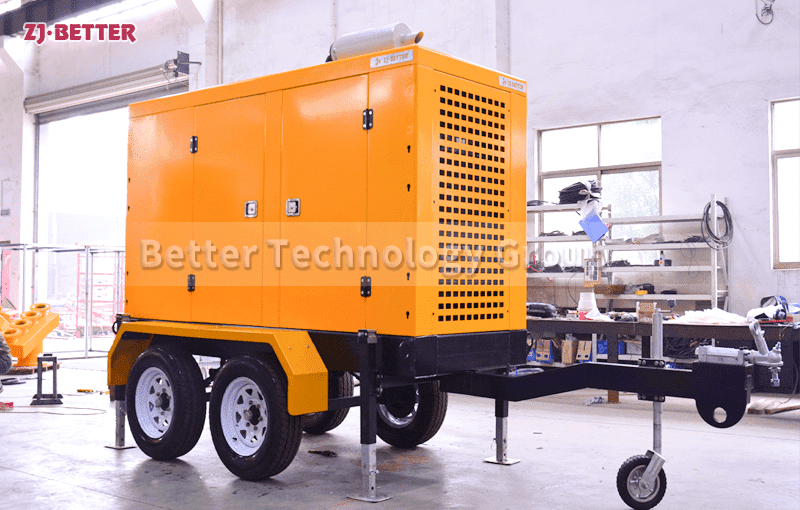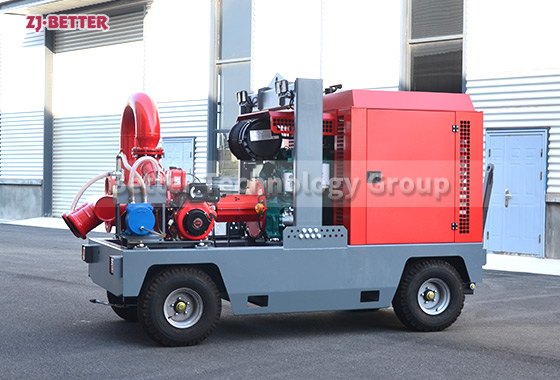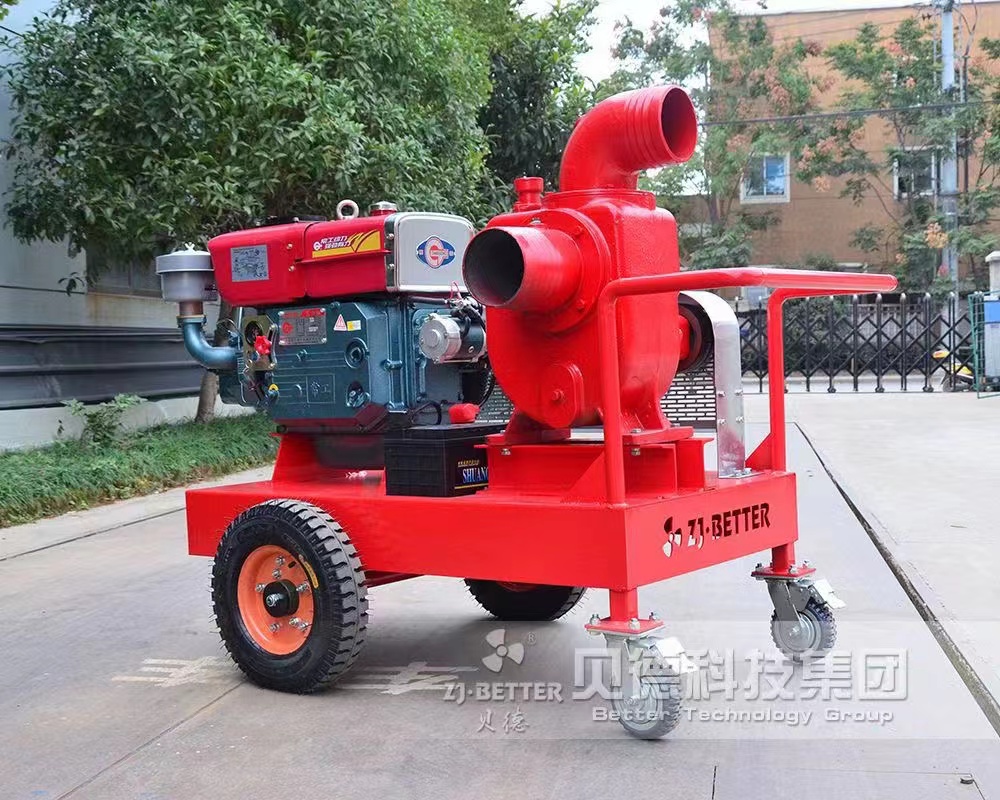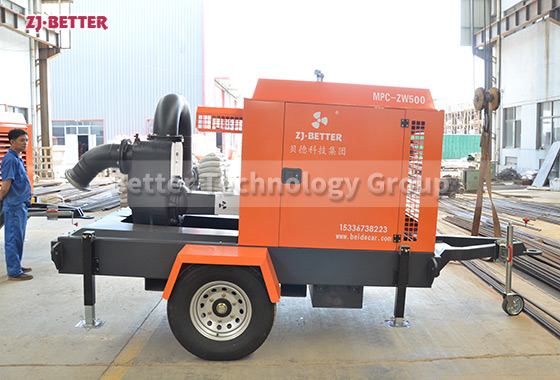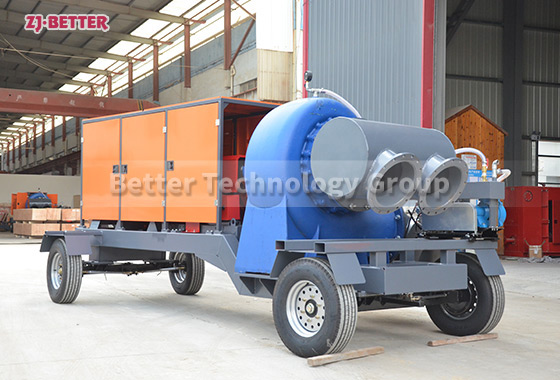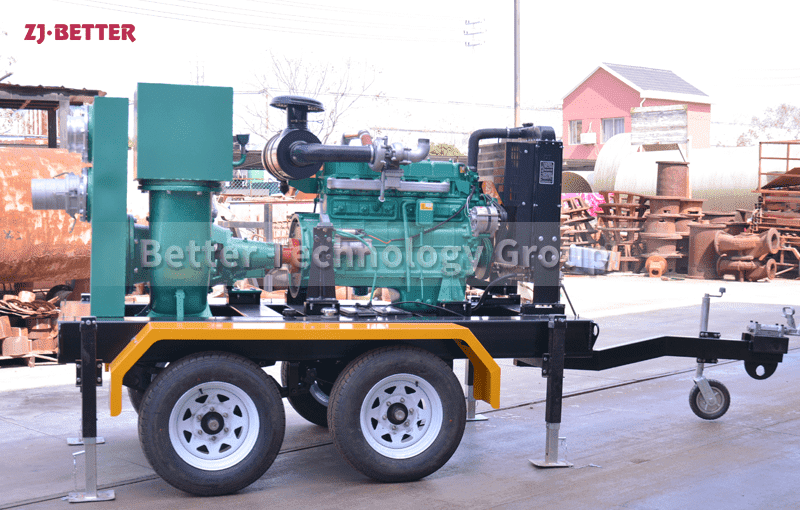Fault maintenance of mobile pump truck
Fault maintenance of a mobile pump truck, also known as a fire engine pumper or firefighting pumper, is essential to ensure its reliable performance during firefighting and emergency response operations. Here are the steps for fault maintenance:
Fault maintenance of a mobile pump truck, also known as a fire engine pumper or firefighting pumper, is essential to ensure its reliable performance during firefighting and emergency response operations. Here are the steps for fault maintenance:
1. Diagnose the Fault: When a fault occurs, conduct a thorough diagnosis to identify the root cause. Observe any warning lights, alarms, or abnormal sounds that may indicate the nature of the fault.
2. Ensure Safety: Before starting any maintenance, ensure that the mobile pump truck is parked in a safe location away from traffic and other hazards. Turn off the engine and engage the parking brake.
3. Follow Manufacturer’s Guidelines: Refer to the manufacturer’s maintenance manual and guidelines specific to the mobile pump truck model. Adhere to their recommendations for fault diagnosis and maintenance.
4. Electrical Checks: Inspect electrical connections, terminals, and wiring for loose connections, damaged insulation, or signs of corrosion. Check the batteries and charging system for any faults.
5. Mechanical Inspections: Examine the mechanical components, such as the engine, pump, transmission, drive belts, hoses, and other parts for wear, damage, or leaks.
6. Lubrication and Fluid Levels: Check and maintain proper lubrication for all moving parts, including engine oil, transmission fluid, and coolant levels. Top up or replace fluids as needed.
7. Cooling System Maintenance: Inspect the cooling system, including the radiator, water pump, and hoses, for leaks, blockages, or damage.
8. Belt and Hose Inspection: Check the drive belts for tension, wear, or cracking. Inspect hoses for signs of leaks, damage, or deterioration.
9. Pump Inspection: Verify that the fire pump is in good condition and ready for operation. Inspect the impeller, seals, and pump casing for any issues.
10. Fuel System Check: Ensure the fuel system is clean and free from contaminants. Replace fuel filters and check the fuel tank for water or debris.
11. Battery Maintenance: Check the battery’s charge level and condition. Clean the battery terminals and ensure proper connections.
12. Test Fire Pump Operation: Test the fire pump’s operation to ensure it can deliver the required flow and pressure. Check that the pump engages and disengages as per control panel settings.
13. Record Keeping: Maintain a maintenance log or checklist to document all fault diagnoses and maintenance activities. This documentation helps track the mobile pump truck’s maintenance history and assists in identifying recurring issues.
14. Professional Assistance: For complex faults or issues beyond your expertise, seek assistance from qualified professionals or technicians familiar with mobile pump truck systems.
15. Safety First: Always prioritize safety during fault maintenance. Use appropriate personal protective equipment (PPE) and work in accordance with safety regulations and best practices.
By following these fault maintenance steps, you can address issues promptly, ensure the mobile pump truck remains in optimal condition, and is ready to respond effectively during firefighting and emergency response operations.

